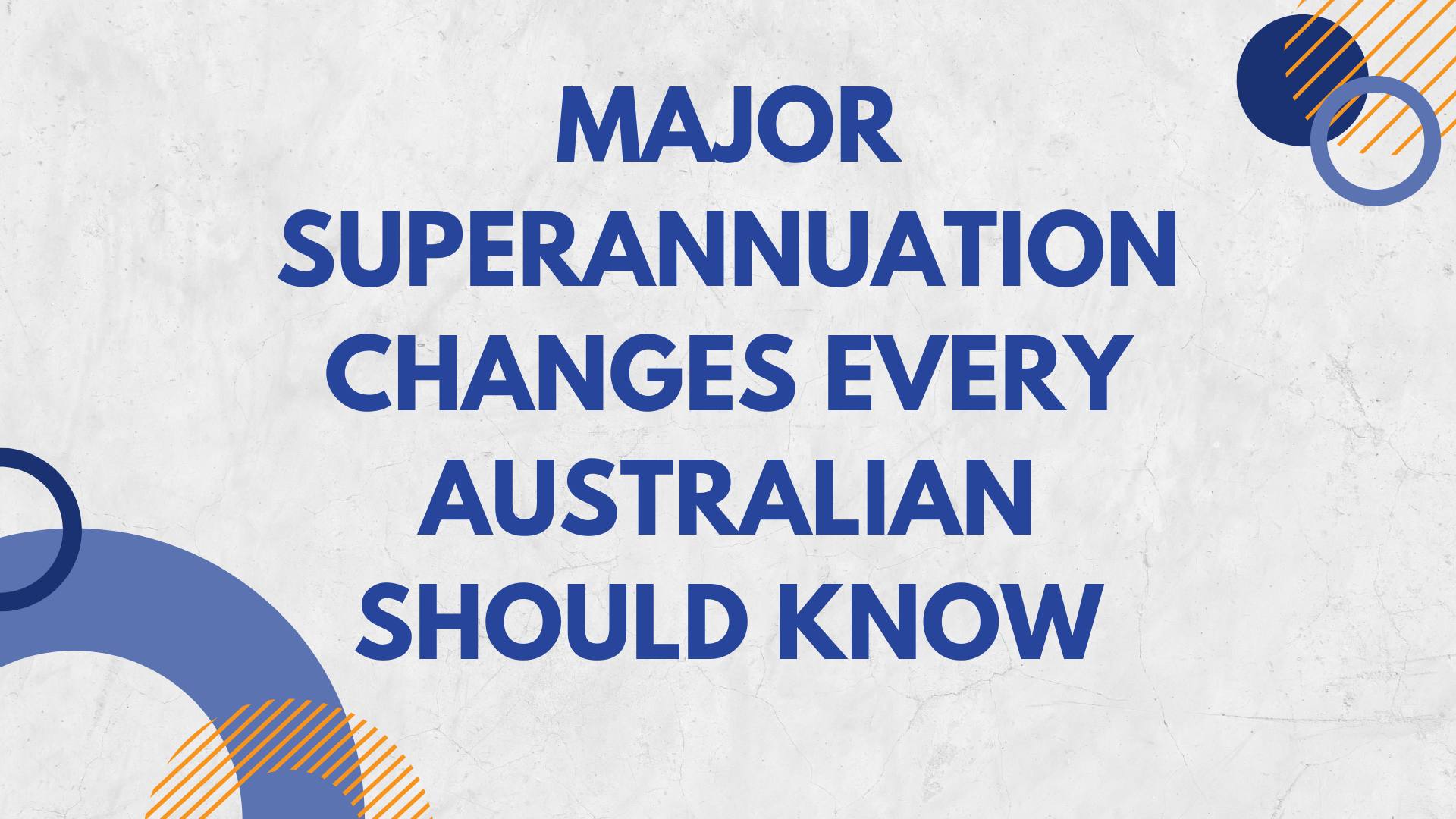We suggest you read this post if you are interested in knowing the latest updates on Major Superannuation Changes Every Australian Should Know: New Eligibility and Payments.
Contents
Major Superannuation Changes
Although it seems like Australia’s super system is continually evolving, this year’s modifications were minimal. The superannuation guarantee rate and preservation age will both increase, as will the contribution limitations, on July 1, 2025.
Superannuation is a long-term savings plan that can assist with retirement funding. As their withdrawals are expected to skyrocket, retirees will soon have access to a variety of payment options and money-back guarantees.
For more information on Major Superannuation Changes Every Australian Should Know, payment type, and eligibility, please continue reading this article.
- Universal Basic Income Will Replace SRD
- Public Servant Salary Increase
- Pension Changes 2024
- SASSA Increase November 2024
Need for Superannuation Changes
Over the next four decades, the number of Aussies aged over 65 will double, and the number of those above 85 will triple. Treasurer Jim Chalmers said this will have a major impact on the economy, and the super system needs to be prepared. This will allow more and more Australians to draw down on bigger pools of savings that they will rely on for longer.

The Treasurer believes that while the current system is a “great source of security for Australians,” more work needs to be done in perfecting it.
Major Superannuation Changes Overview
| Post Heading | Major Superannuation Changes |
| Country | Australia |
| Major Superannuation Changes Date | July 1, 2025 |
| Eligible Age | 60 years |
| Detailed Information | Get Here |
Major Superannuation Changes List
The Commonwealth’s Parental Leave Pay program will be used to pay superannuation starting on July 1, 2025. An estimated 180,000 parents are anticipated to profit annually from this reform, which would also greatly boost women’s retirement superannuation accounts.
July 1, 2024: The Super Guarantee went boosted to 11.5%. To reach 12%, it will then rise by 0.5% on July 1, 2025. Over time, your super balance may change significantly as a result of these minor adjustments to the Super Guarantee.
supporting the development of “quality retirement products” that will be implemented starting in mid-2026, such as the previously stated money-back guarantees and installment payments rather than a lump amount.
For people who wish to learn more about and comprehend the system, a new superannuation reporting structure will be developed to provide greater openness. Beginning in 2027, data about the system will be gathered and released yearly.
Superannuation New Eligibility
Super guarantee is often available to all employees. It makes no difference if the worker is casual, part-time, or full-time. while working, getting a super pension or an annuity.
With most superannuation funds, you can’t get access to your money until you retire from the workforce or are 60 years old (if born after 1964) or 55 years old (if born before 1960).
It’s possible that you can apply for early access. Strict guidelines govern who is permitted to do this. You must first speak with your superannuation fund.
Superannuation Payments
Paying super guarantee (SG) to eligible employees at least four times a year is a requirement for employers. Every qualified employee shall have a minimum SG rate of 11.5% of their ordinary time earnings (OTE) starting on July 1, 2024. This is expected to gradually rise to 12% on July 1, 2025.
If you don’t make the required quarterly SG payment by the deadline, you will be responsible for paying the super guarantee cost. The bare minimum mandated by law is the super guarantee %. Under an award or agreement, you can be required to pay SG a higher rate.
Final Words
A number of further planned modifications to the superannuation regulations may be in the works, but the ones listed above are all either in place now or are scheduled to go into effect within the next 12 months. The most recent pension reforms may potentially have an impact on your retirement income or plans.
Your qualifying employees’ pay date, not when they get their payment, determines the relevant SG rate. Use the higher rate if you are paying superannuation payment.
We are extremely delighted that you have granted us the opportunity to provide you with all the information on Major Superannuation Changes.
